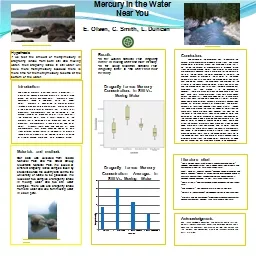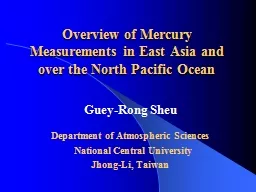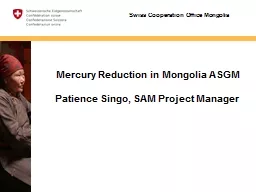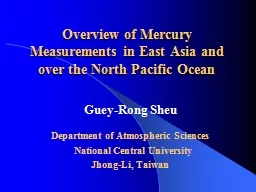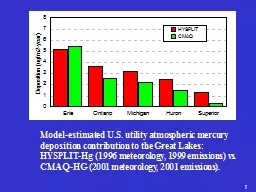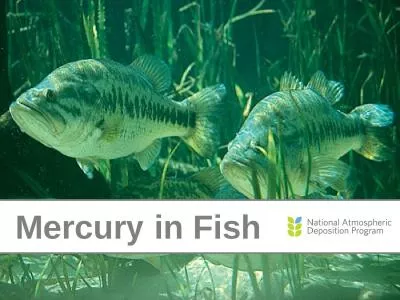PPT-Introduction The study of mercury in national parks is important. It is important because
Author : tatyana-admore | Published Date : 2018-11-01
methylmercury is having a large impact on natural environments Mercury is most commonly found in sediment build up under water Mercury is converted to methylmercury
Presentation Embed Code
Download Presentation
Download Presentation The PPT/PDF document "Introduction The study of mercury in nat..." is the property of its rightful owner. Permission is granted to download and print the materials on this website for personal, non-commercial use only, and to display it on your personal computer provided you do not modify the materials and that you retain all copyright notices contained in the materials. By downloading content from our website, you accept the terms of this agreement.
Introduction The study of mercury in national parks is important. It is important because: Transcript
Download Rules Of Document
"Introduction The study of mercury in national parks is important. It is important because"The content belongs to its owner. You may download and print it for personal use, without modification, and keep all copyright notices. By downloading, you agree to these terms.
Related Documents

